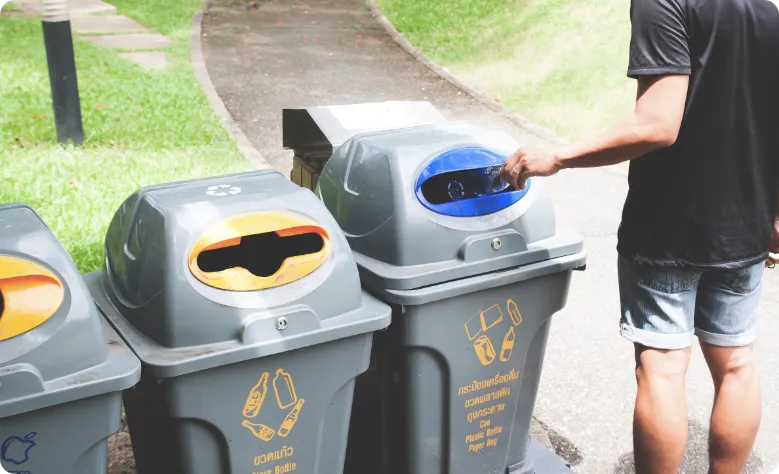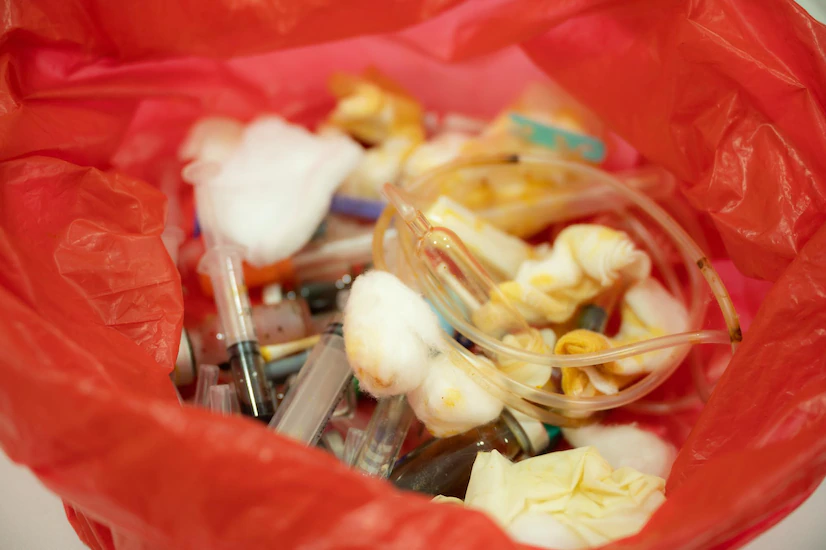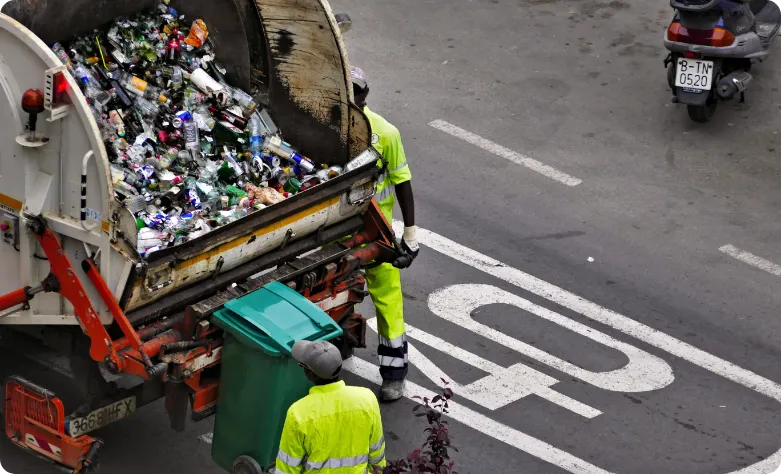Biohazard waste refers to an infectious one or biomedical that is contaminated with infectious substances or substances like blood.
Particularly crucial are sharp objects like needles, blades and pipettes that could cause injury when handled. These objects should be removed as per the disposal guidelines set out in the law.
This is the case even when it comes to the household tiger stripe bag however the bins are typically not thought to be a cause of health concern.
Household Medical Waste
Although the majority of garbage produced in the home isn’t particularly hazardous, we should be concerned about the clinical waste that comes generated in the home that is dangerous or hazardous.
They are capable of causing sickness to prisoners, when they are subjected to the chemical.
For instance, sharps that are stained with blood that’s infectious could trigger fatal illnesses like HIV/AIDS or Hepatitis B which could cause death to those who are infected.
What’s the most efficient method of dealing with the hazardous waste that you have in your home? Here are some important tips.
The recommend guidelines for packing include placing your garbage in an opaque, puncture-resistant container and leak proof container and then sealing the container properly and making sure the outside of the container is completely free of any contamination.
Biohazardous waste and green bag garbage that is produce in hospitals, however, must be clean up by autoclaving, burning or other appropriate methods prior to disposal in the waste disposal zone.
Hospitals and clinics produce huge amounts of waste. This pose a risk to the people’s health in the event it is not properly handle.
Environmental regulations stipulate that these substances need to be properly handle, properly, separate, segregate and clean appropriately pack, and move prior to disposal.
All medical facilities need to be register with the Department of Environmental Protection at least 30 days prior to the creation of waste. The Department of Environmental Protection will issue the biomedical one-generator registration number for each establishment.
Every facility then has to create the biomedical-relate management Plan which is suitable for its size and kind. The plan must include all the information need to ensure proper handling of biohazardous substances.

What Do Health Effects Mean?
There’s a disturbing increase in the amount of clinical waste management, because of the growing amount of hospitals and dispensaries that the local government is not equipped to manage or maintain.
Apart from some major hospitals, many health facilities are face with the challenge of disposing of garbage that is produce. The health risks associate from this waste include:
Exposure to toxic chemicals like formalin, mercury, xylene, and xylene may cause chemical burns to healthcare personnel and patients who are expose to them.
Microorganisms may come in contact with healthcare workers and patients who happen to be bystanders for the patient because of contact with surfaces covered with body fluids of patients with the infection.
In the year of 2019, it was discover that uninform injections cause the emergence of 1.7 million Hepatitis B infections. 315000 Hepatitis C infections as well as 33800 Human immune deficiency virus (HIV) cases.
Uncorrected disposal practices and absence of properly planned landfills can lead to the pollution of water and exposure to dangerous pollutants.
Inadequate combustion could lead to pollutant-laden air Inability to use suitable filters is a factor in the release of air pollutants. The burning of waste that contains chlorine produces dioxins, which can cause cancer.
The inability to separate biomedical wastes can result in an exposure to sharps for workers of waste treatment and disposal.
A single needle stick injury suffered by an infected person could lead to 30 percent risk of contracting Hepatitis B virus. Also, it comes with 1.8 percent risk of Hepatitis C virus as well as 0.3 percent chance that it is cause by Human Immune Deficiency Virus.
Clinical waste solution that is harmful in open areas creates heaps of garbage that draw insects. These dumps during rain are breeding grounds for insects and an ideal habitat for vectors that transmit infectious diseases.
The intake of antibiotics into the drain causes the death of the microbes needed and altering the ecosystem which aids in the breakdown of biological matter in the septic tanks.
What Exactly Is Electronic Waste Management?
Clinical waste services, also known as electronic waste management is the method of separating and disposing of electrical and electronic devices. It is a formal procedure for disposal. The main sources of the disposal of clinical waste generated within the healthcare sector are:
- Communication and information technology used in hospitals
- Monitors for patients, such as breathing rate, heart rate, blood pressure monitors
- Steriliser, Surgical Light, and Defibrillator
- The electrocardiogram and the digital sphygmomanometer
Within the UK there is a total of one million tonnes of electronic and electrical waste that is produce each year, according to reports from the Confederation of Industries (2006).
The guidelines for managing and managing electronic waste are in the E-waste (Management and Handling) Rules in the year 2010.
Labs must be clean of their facilities and remove waste properly. The liquids and waste that contain blood must be disinfect after which they should be flush.
However, laboratories need to be extra careful to make sure that solutions that contain massive amounts of blood should not be clean to prevent the formation of blood clots inside pipes. If the volume is significant, it is suggest to seek out the help offer by a bio disposing company.
Small amounts of the solution can be disinfect by adding appropriate disinfectant in the lab, making sure that there aren’t any bubbles in the solution after which the solution is allow to for at minimum 30 minutes before pouring it down the drain.
Bio Hazardous Waste Disposal – An Unavoidable Necessity
The importance of treatment of waste from clinical facilities cannot be understate, since the materials use to make them are dangerous and can cause significant risk to health as well in the environment.
What Exactly Is The Definition Of Bio Hazardous Waste?
“Bio hazardous” waste material refers to “bio risky” waste refers to biological agents as well as the substances present in or in the workplace which could pose an ill-health risk for the safety and health of workers or the general public.
In another sense, the phrase “bio dangerous waste” refers to any kind of waste that is contaminate with infectious substances, like blood.
Particularly important are sharp waste products like needles and blades, which can cause injury to medical professionals while working with them.
Biohazardous wastes can be classified into five distinct types.
- Human body fluids
- Human Blood Products
- Pathological wastes
- Disposables from microbiological sources
- Animal waste
Sources that generate hazardous wastes such as hospitals, health centers and hospitals, are require to remove these wastes with their own resources or with the assistance of medical waste removal firms.
It is essential that the materials to be remove from the environment is properly package and label to prevent exposure to the substance that can cause health or injury risks.
Eliminating the risk of infection, the amount of clinical waste and the disposal of waste within the lab is of paramount importance. Particularly, it is essential to ensure that there isn’t a mix-up of medical waste and normal garbage.

What’s The Purpose Behind A Medical Waste Disposal Company?
The process of creating Bio Hazardous Waste Management (or autoclaving) that is require for proper labeling packaging, labelling, and transportation is time-consuming and requires lots of work.
For any kind of source, like an institution or hospital, which produces waste, disposal is likely to be expensive. A clinical waste collection business can complete this task efficiently and effectively.
Furthermore, it must be in mind that improper disposal can result in criminal and civil liability due to the failure to protect the health of the people involve or the planet. The safe disposal of biohazardous wastes is, therefore, a must.
